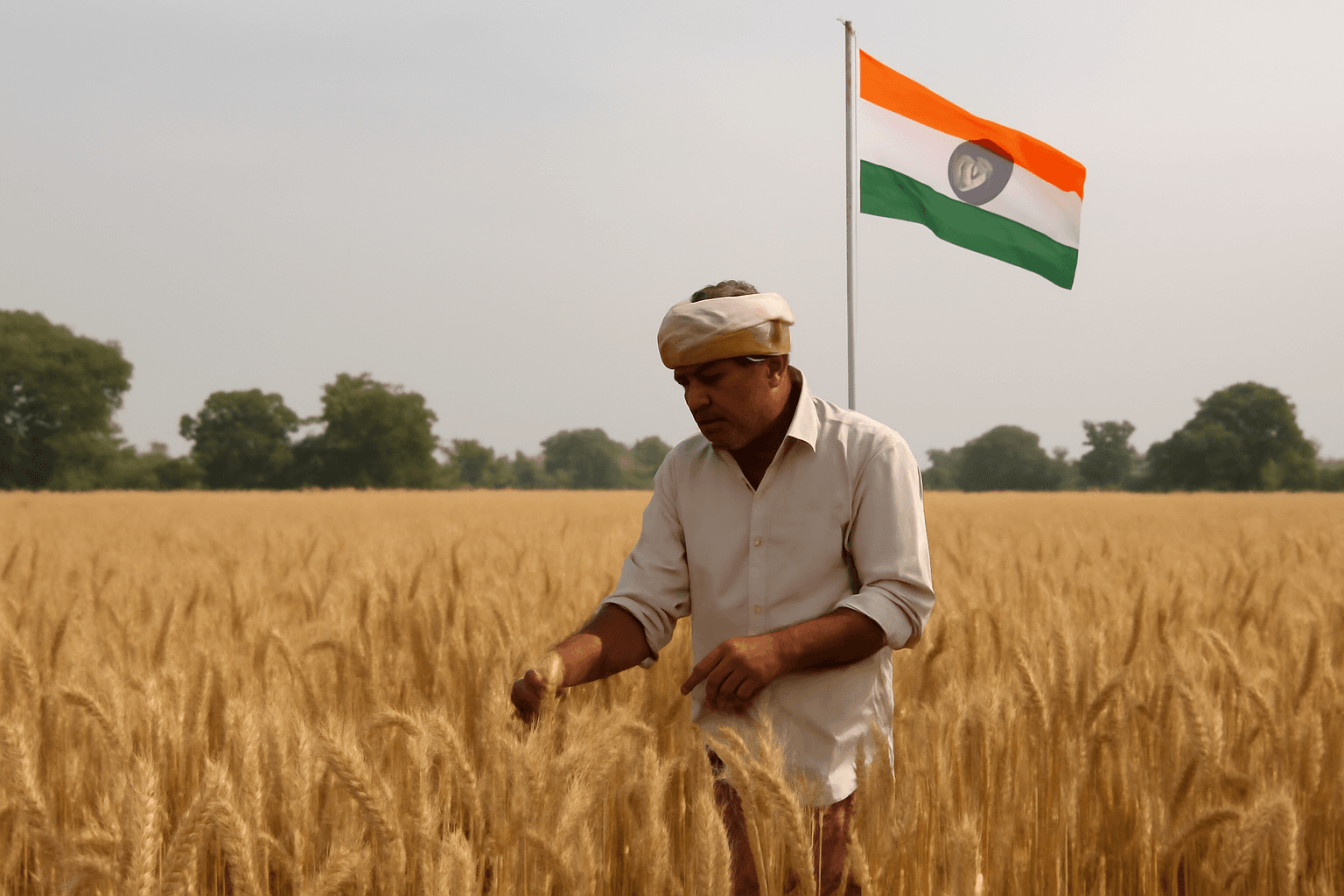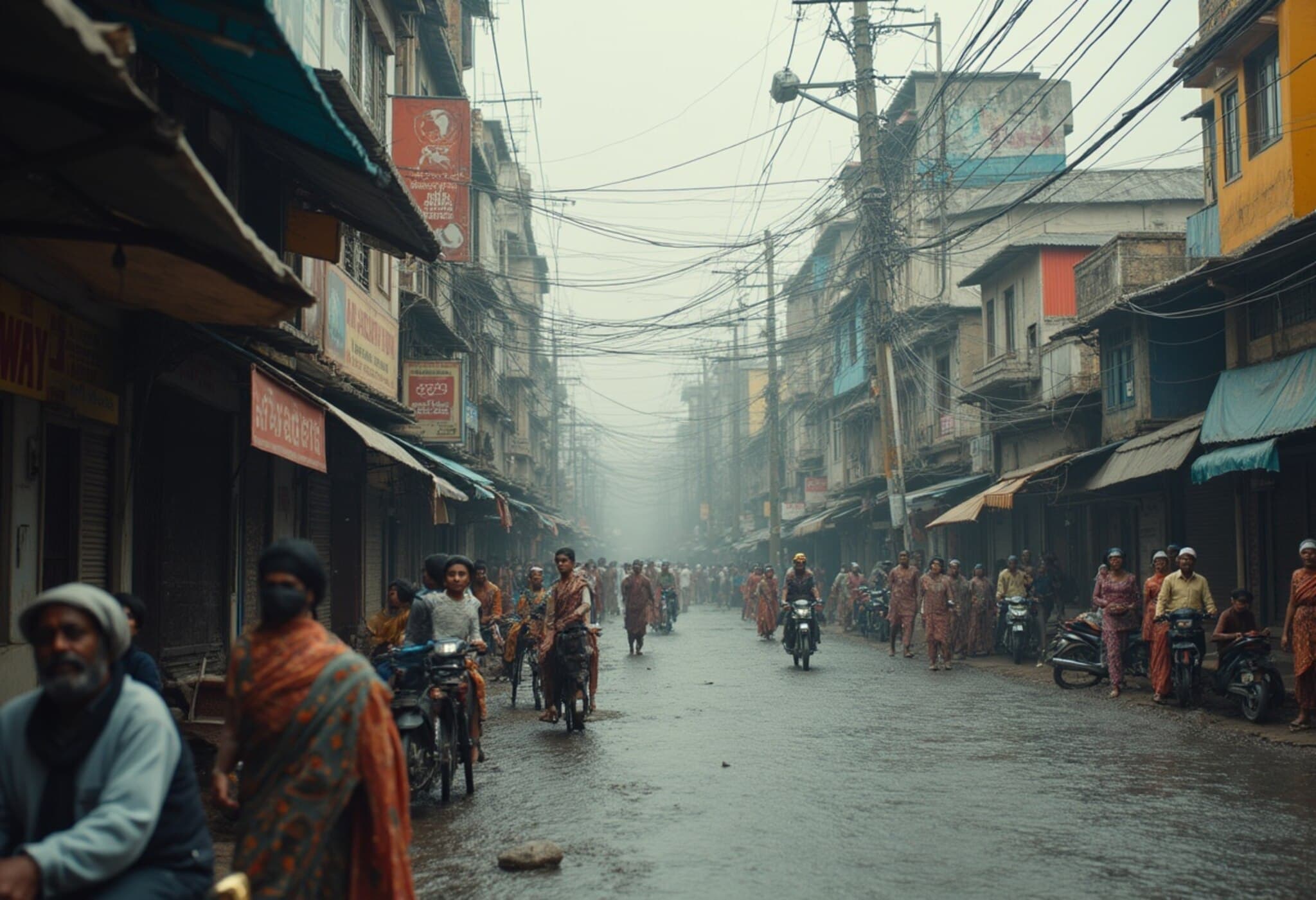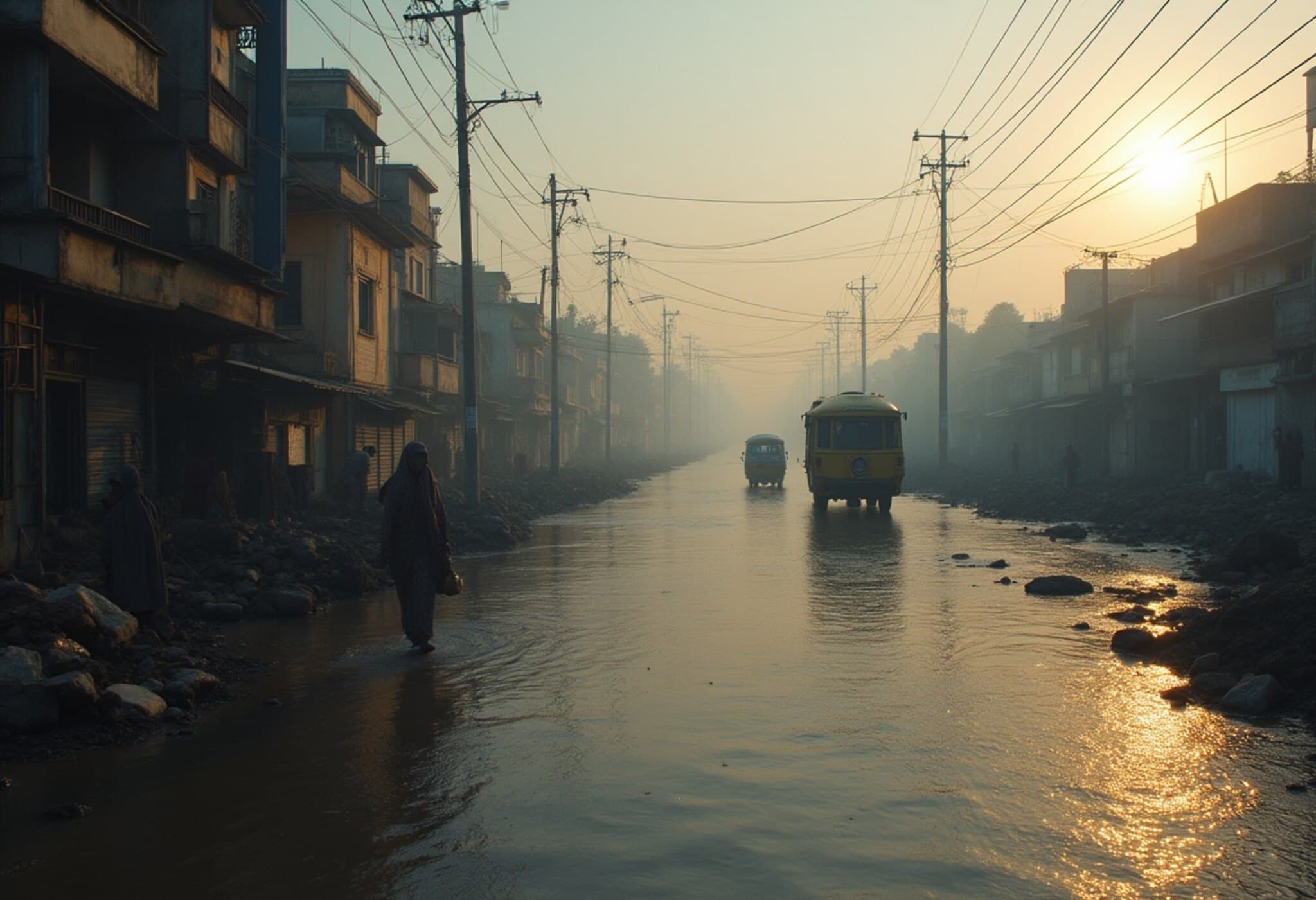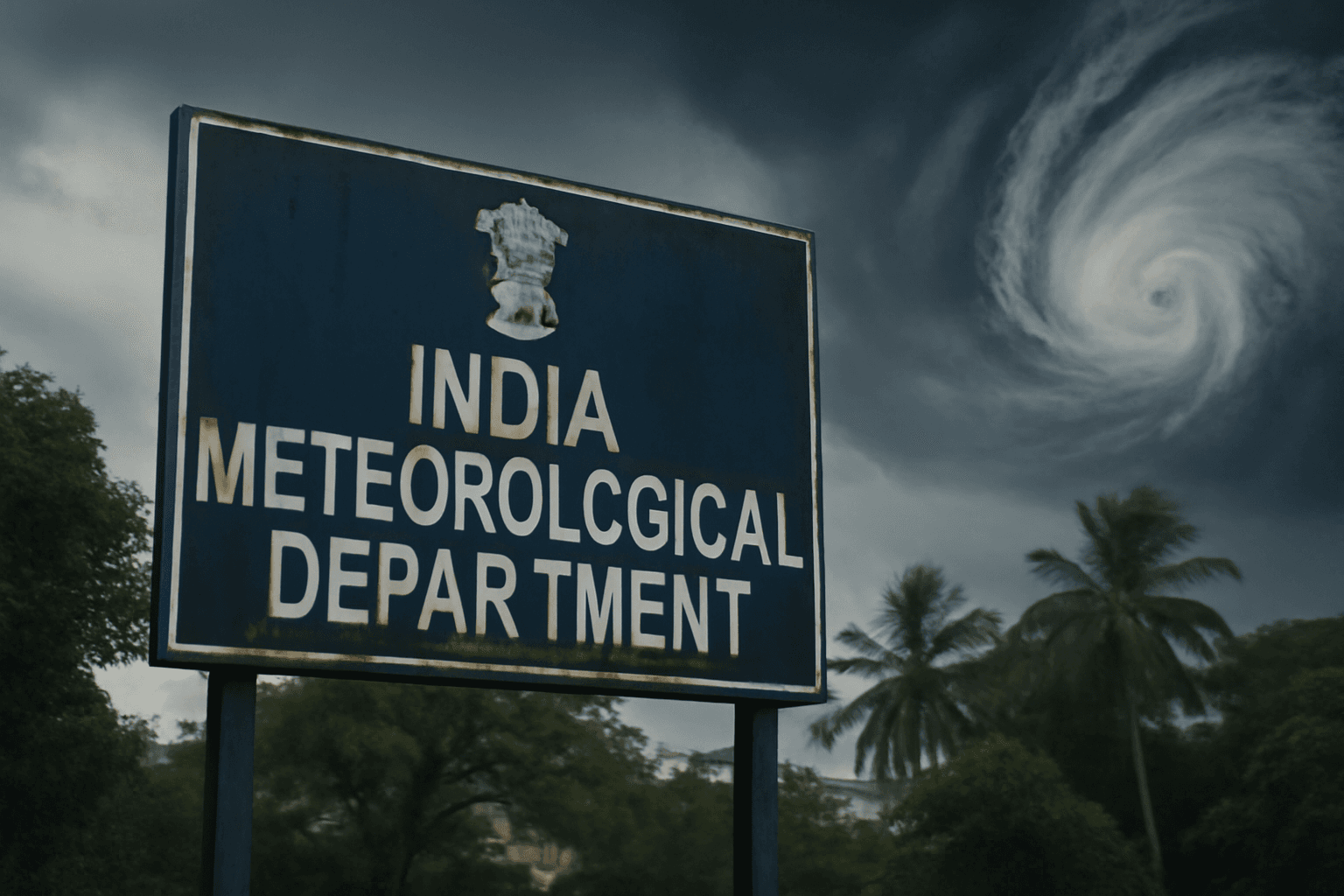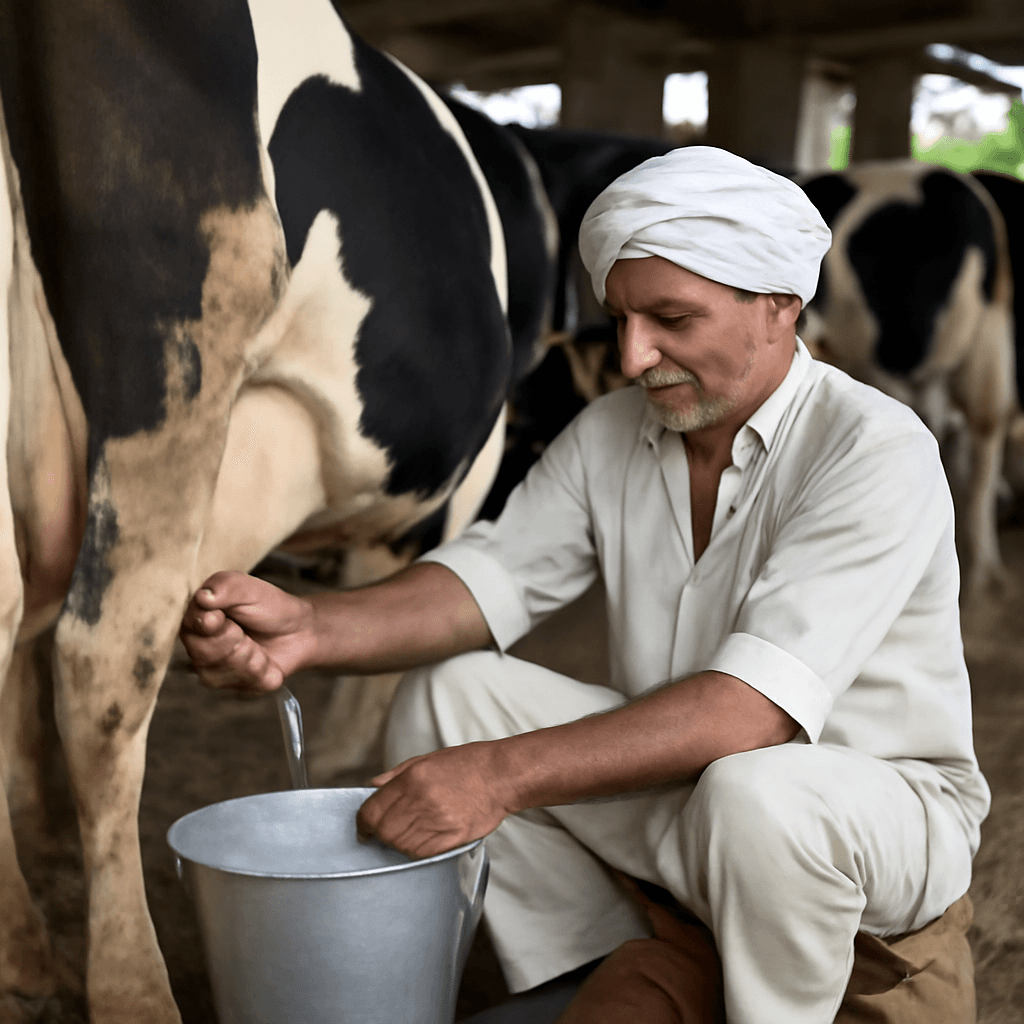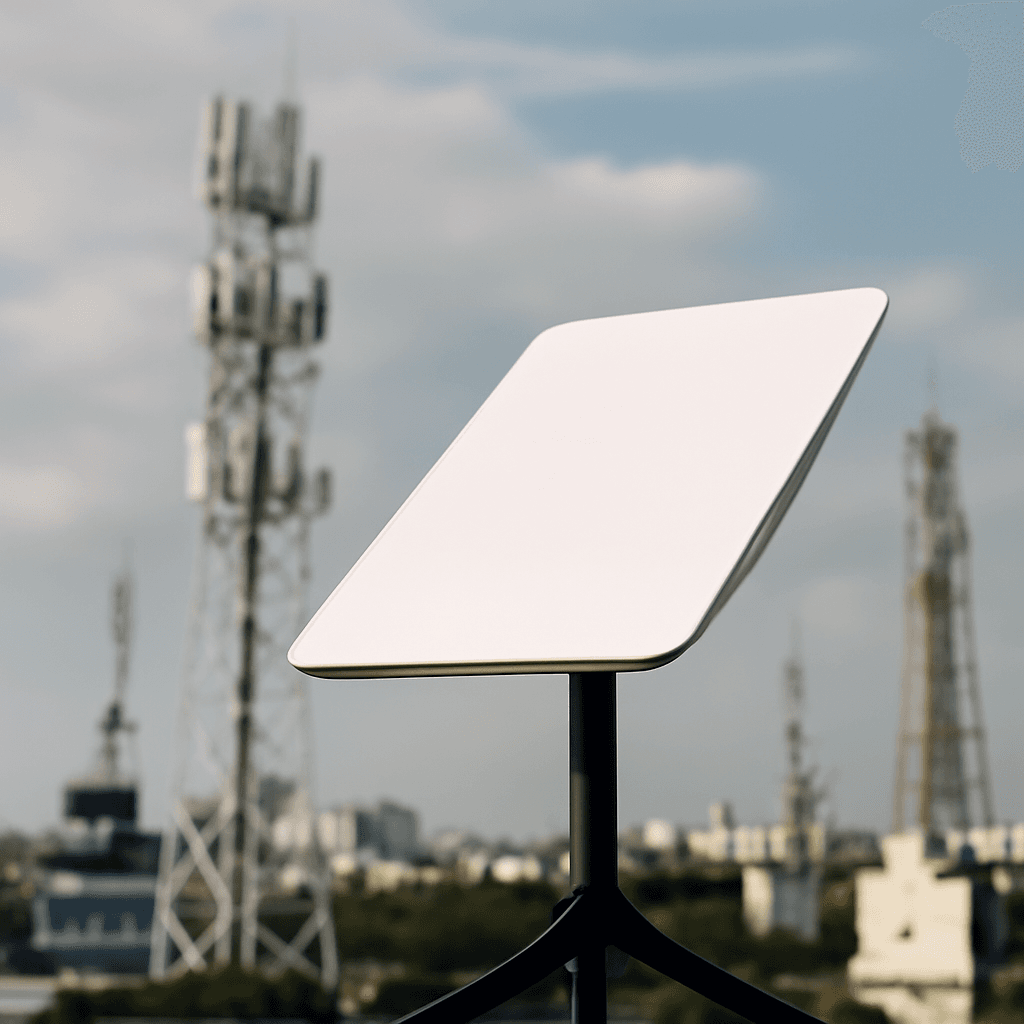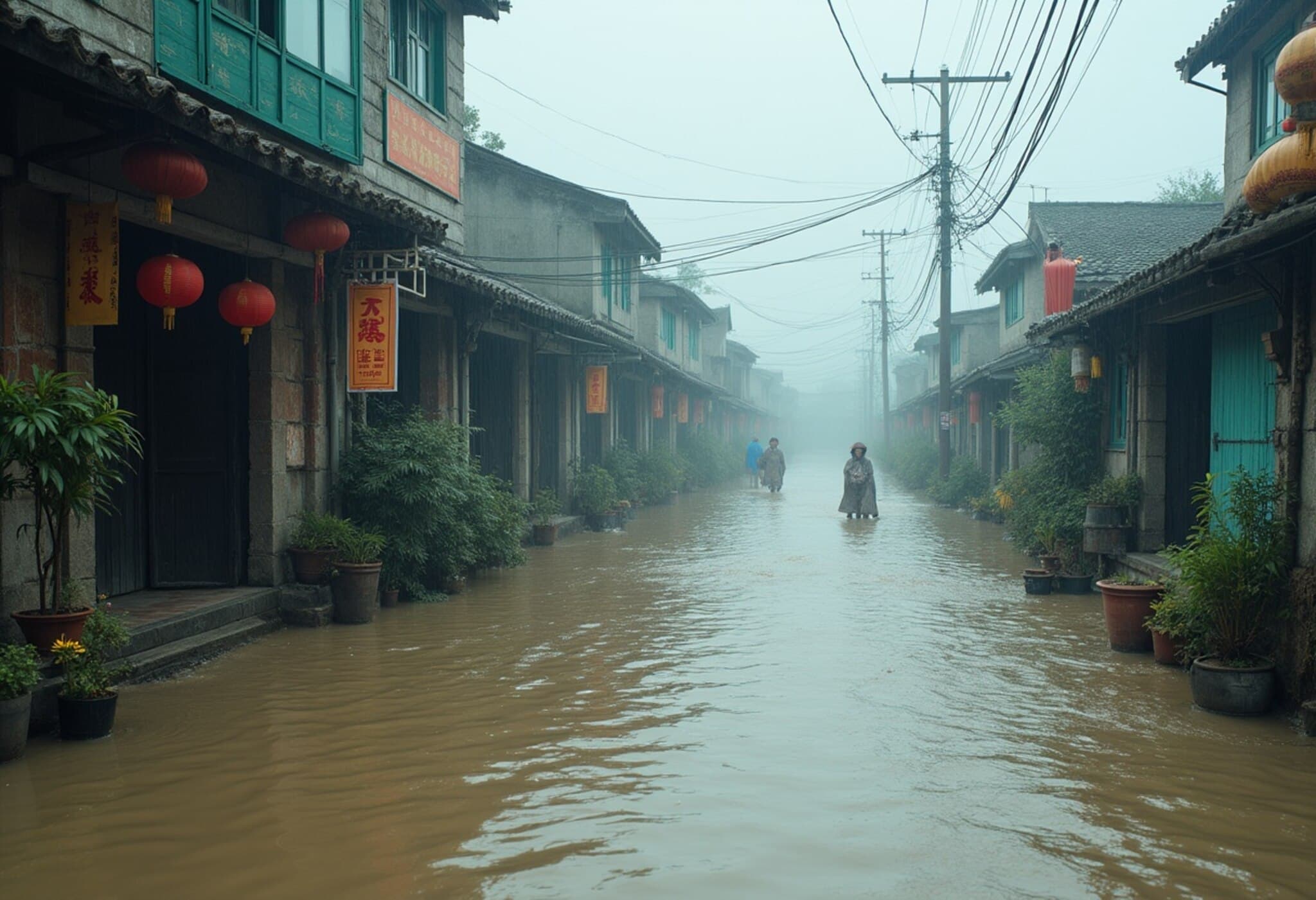India has officially introduced the Bharat Forecasting System (BFS), touted as the world's highest-resolution weather model, which operates on a 6-kilometre grid. This pioneering initiative is powered by the cutting-edge supercomputer Arka, aimed at improving the accuracy of weather forecasts crucial for disaster management, agriculture, and public safety. The BFS responds to the growing challenges posed by weather anomalies affecting India's economy and food prices.
Unveiled on May 26, 2025, in New Delhi, the BFS represents a significant advancement in India's meteorological capabilities. Developed by a team led by researcher Parthasarathy Mukhopadhyay, the model provides detailed and precise weather forecasts, particularly benefitting local patterns. A senior official from the Ministry of Earth Sciences remarked, 'This significant milestone promotes India's self-reliance in meteorology, enabling forecasts down to the panchayat level, critical for disaster risk reduction, agriculture, and water resource management.'
The system's creation was facilitated by Arka, which was installed at the Indian Institute of Tropical Meteorology (IITM) last year. With a remarkable computational capability of 11.77 petaflops and a storage capacity of 33 petabytes, Arka reduces the forecasting model's runtime from ten hours with its predecessor, Pratyush, to just four hours.
Union Earth Sciences Minister Jitendra Singh officially dedicated the BFS to the nation during a formal event. According to M. Ravichandran, the BFS will utilize a network of 40 Doppler Weather Radars across the country, enhancing localized forecasting capabilities. He explained, 'The BFS produces insights into weather occurrences in a 6 km by 6 km area, compared to previous models that operated on a 12 km grid.' Plans are underway to increase the number of radar systems to 100, which will facilitate short-term forecasts, known as nowcasts, for the entire nation.
This new system provides high-resolution weather predictions for the tropical region between 30 degrees South and 30 degrees North latitude, including India. In contrast, existing global forecast models from the European, British, and U.S. meteorological services operate at resolutions of 9 km to 14 km.
The BFS's launch is timely as weather anomalies increasingly impact India's economy, particularly contributing to persistent food inflation. The latest Economic Survey from the government indicated that extreme weather events over the last two years have significantly increased food prices. Data from the Centre for Science and Environment (CSE) revealed that the crop area affected by severe weather in 2024 exceeded previous years, with the India Meteorological Department (IMD) noting a rise in heatwaves from 5% of days during 2020-2021 to 18% in 2022-2024.
The Economic Survey highlighted the need for developing climate-resilient crops and improving agricultural data systems to mitigate post-harvest losses and achieve stable prices. Additionally, the Reserve Bank of India's recent bulletin noted the influence of weather anomalies on vegetable prices, emphasizing the urgency for temperature-resistant crop varieties. Although the overall inflation outlook has improved, with food inflation decreasing more than anticipated, challenges from weather-related and global factors remain.








